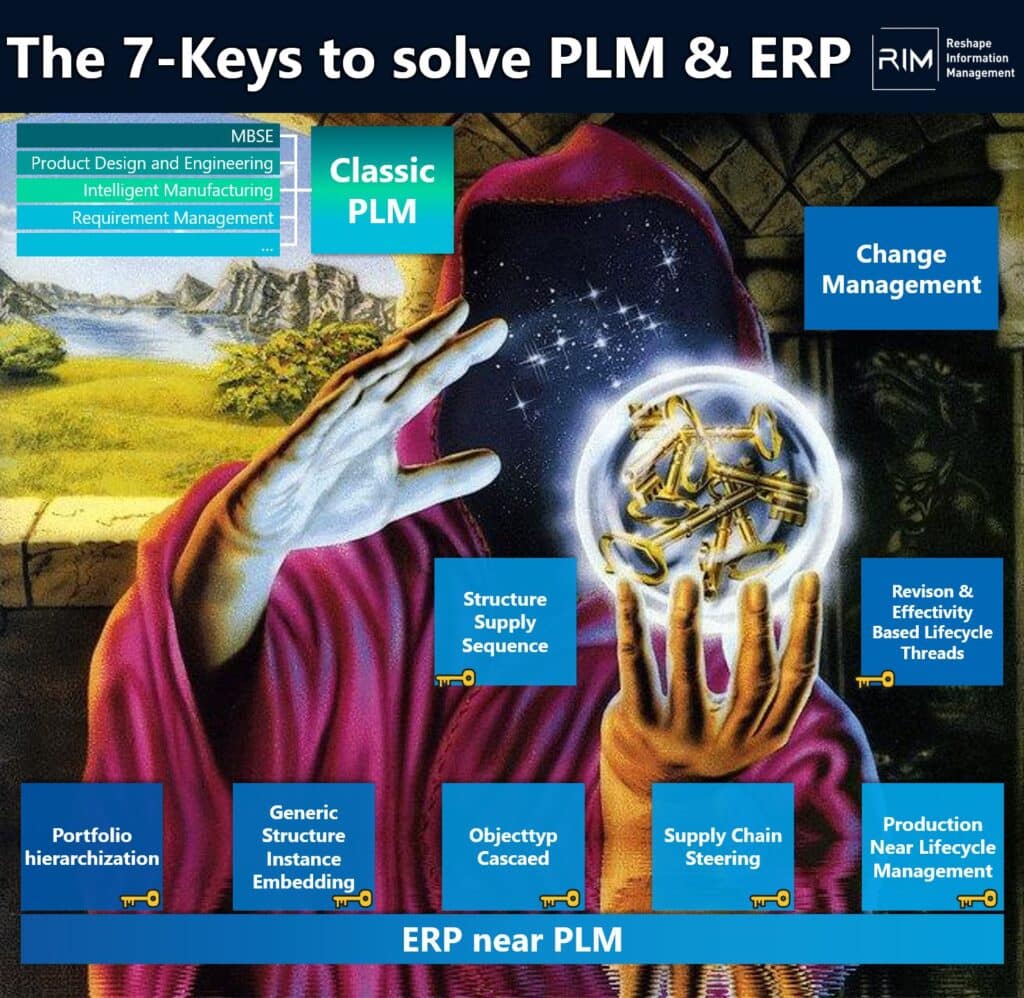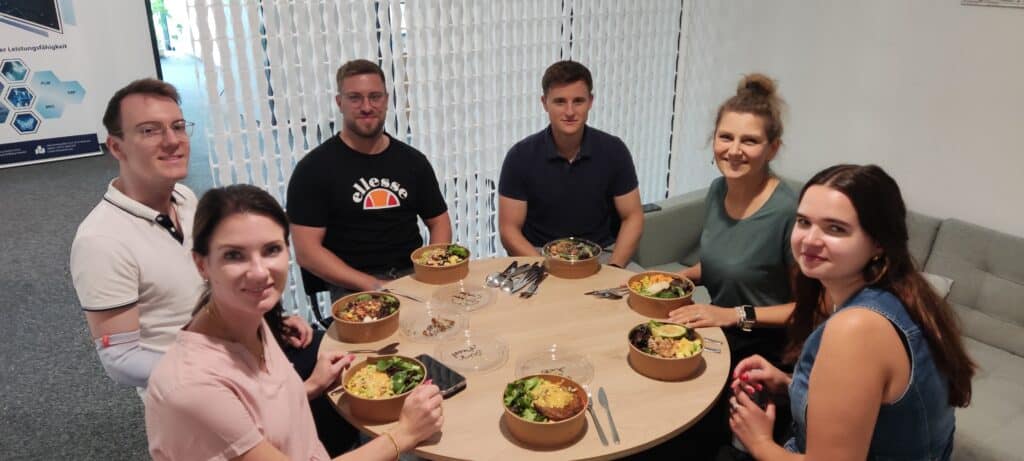RIM Company Cubing is a map system for companies. It is the first management model for companies that can describe a company end-to-end, seamlessly and consistently. It is based on the theory of summarization and resolution levels that we use in the RIM was developed.
Here related information and also our LinkedIn posts on the topic:
🌟 Would you like to understand your company? - Today we reveal the central key for you. 🗝️
We also correct old representations that are often still found in textbooks. 📚

Basic process patterns for the interaction of the main processes in companies
🤔 Have you ever wondered what Select to Order (STO), Engineering to Order (ETO), Configure to Order (CTO) etc. actually mean? 🧐
🔍 First of all, for context: we at RIM have developed a map system that can be used to precisely explain and understand companies from very different perspectives. 🗺️ We call it company cubing. 🏢
🗺️ To understand the process patterns, we use such a map. We call it a process lifecycle map. It shows processes in chronological order, i.e. over a time axis. ⏳
👀 The 3 main process groups of a company are shown:
- 1️⃣ Process group A: Design to SOP/Handover/Operate - a product is developed here 👩💻
- 2️⃣ Process group B: Lead to Cash/Order to Cash - this is where a product is offered on the market and money is earned 💰
- 3️⃣ Process group C: Plan to Produce/Purchase to Pay - this is where the products are produced and everything necessary is purchased on the market 🏭
🔗 Now to the core.
These process groups do not work on their own. They are connected in very different ways depending on the corporate strategy. 🔄
🧩 The connections are realized via process patterns:
1️⃣ Process pattern of the inventory strategy - linking Lead to Cash and Plan to Produce (process group B and C).
- Make to Stock (MTS): Process group B and C are completely decoupled via a stock 📦
- Make to Order (MTO): Process group B and C are directly linked. Orders have a direct effect on production 🏭
- Assemble to Order (ATO): Coupling and decoupling in the MRP stages of the M(RP)-BOM 🧮
2️⃣ Process pattern of order processing - coupling of Design to Handover and Lead to Cash (process group A and B).
- Select to Order (STO): Process group A and B are fully decoupled, i.e. a separate product development process with Start of Production as the initiator for the start of the first Lead to Cash processes 🚀
- Engineering to Order (ETO): Process group A is fully integrated into process group B. Development takes place in the quotation and order process ✍️
- Configure to Order Plus (CTO/CTO+): The ideal case, standardized and modularized products that the customer can configure with an individual order component. Results in a very complex interaction of process groups A and B 👑
💭 Not so difficult when you look at it like this, is it? 🤓
🙋♂️🙋 What do you think? What questions and comments do you have?
🚀 If you are about to implement such a scenario, then ask us at RIM. We will accompany you on the path to implementation. 🛣️
End-to-end processes & process patterns - Jörg, what are you doing?

RIM is currently experiencing a trend towards end-to-end processes in the industry. This is closely interwoven with S/4HANA and the Greenfield-approach and the emergence of Process Mining.
Many companies are converting their process maps to end-to-end processes.
Plan-to-Produce, Purchase-to-Pay, Design-to-Operate, Invoice-to-Pay, Hire-to-Retire, Inbound-to-Outbound are process names that are suddenly mentioned everywhere as a matter of course.
Well, first of all, it is very good to look at processes in their entirety.
Unfortunately - and it has to be said, as so often - there is a blind spot!
End-to-end processe do not stand alone. They work together. A company is only successful if it succeeds in orchestrating this interaction of end-to-end processes!
So how do they work together? I explain this in the video of our "Jörg, what are you doing?" series using the Company Cubing map system developed by our RIM. 🏢

By loading the video, you accept YouTube's privacy policy.
Learn more
I aggregate the end-to-end processes into 3 main process groups!
1️⃣ Process group A: Design to SOP/Handover/Operate - a product is developed here 👩💻
2️⃣ Process group B: Lead to Cash/Order to Cash - this is where a product is offered on the market and money is earned 💰
3️⃣ Process group C: Plan to Produce/Purchase to Pay - this is where the products are produced and everything necessary is purchased on the market 🏭
We will then discuss how these main process groups can be dynamically linked and orchestrated.
The film is practically a must for all process, ERP and PLM experts 😉
It is in German, but has English subtitles 😊
🙋♂️🙋 What do you think? What questions and comments do you have?
🚀 And if you are about to implement such a scenario, then ask us at RIM. We will accompany you on the path to implementation. 🛣️




